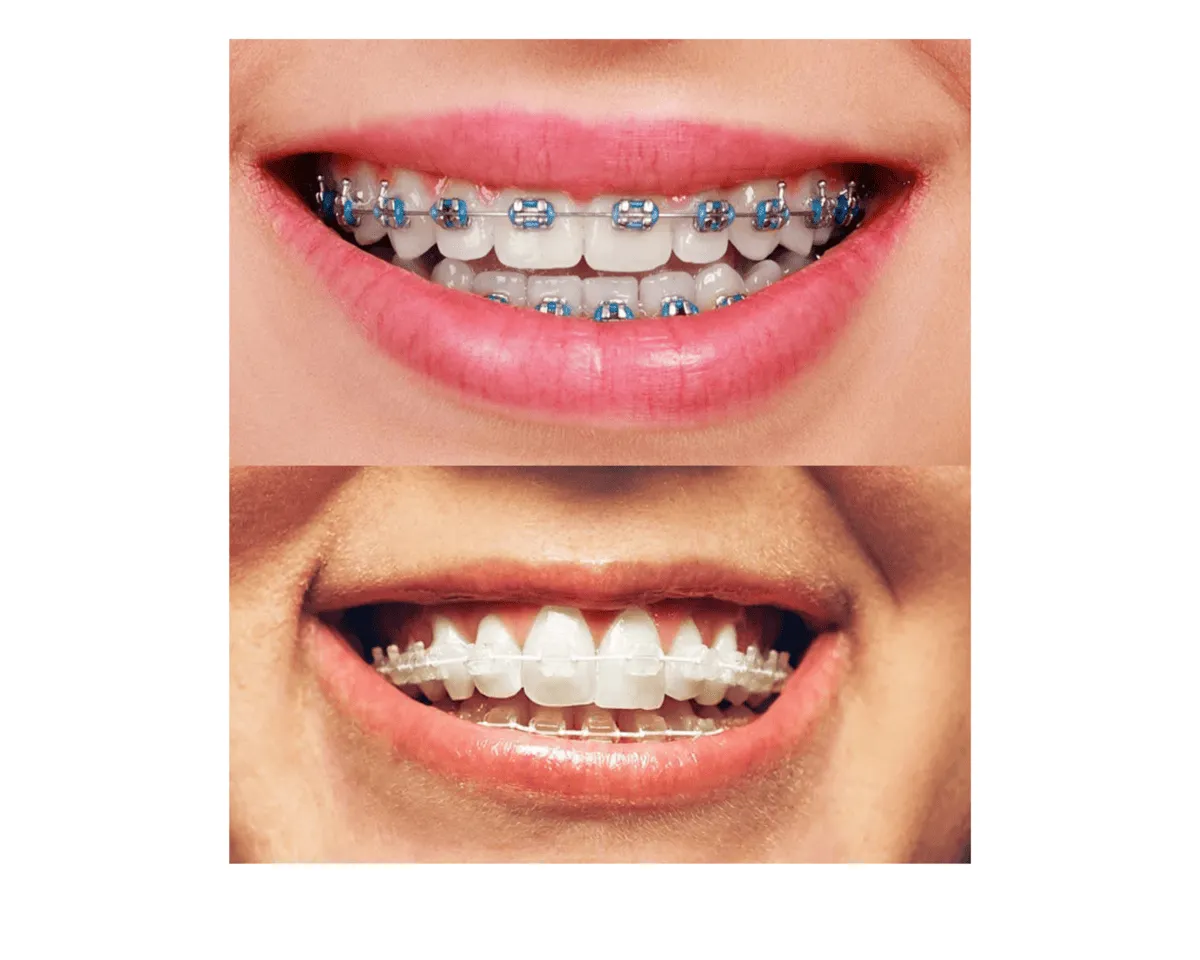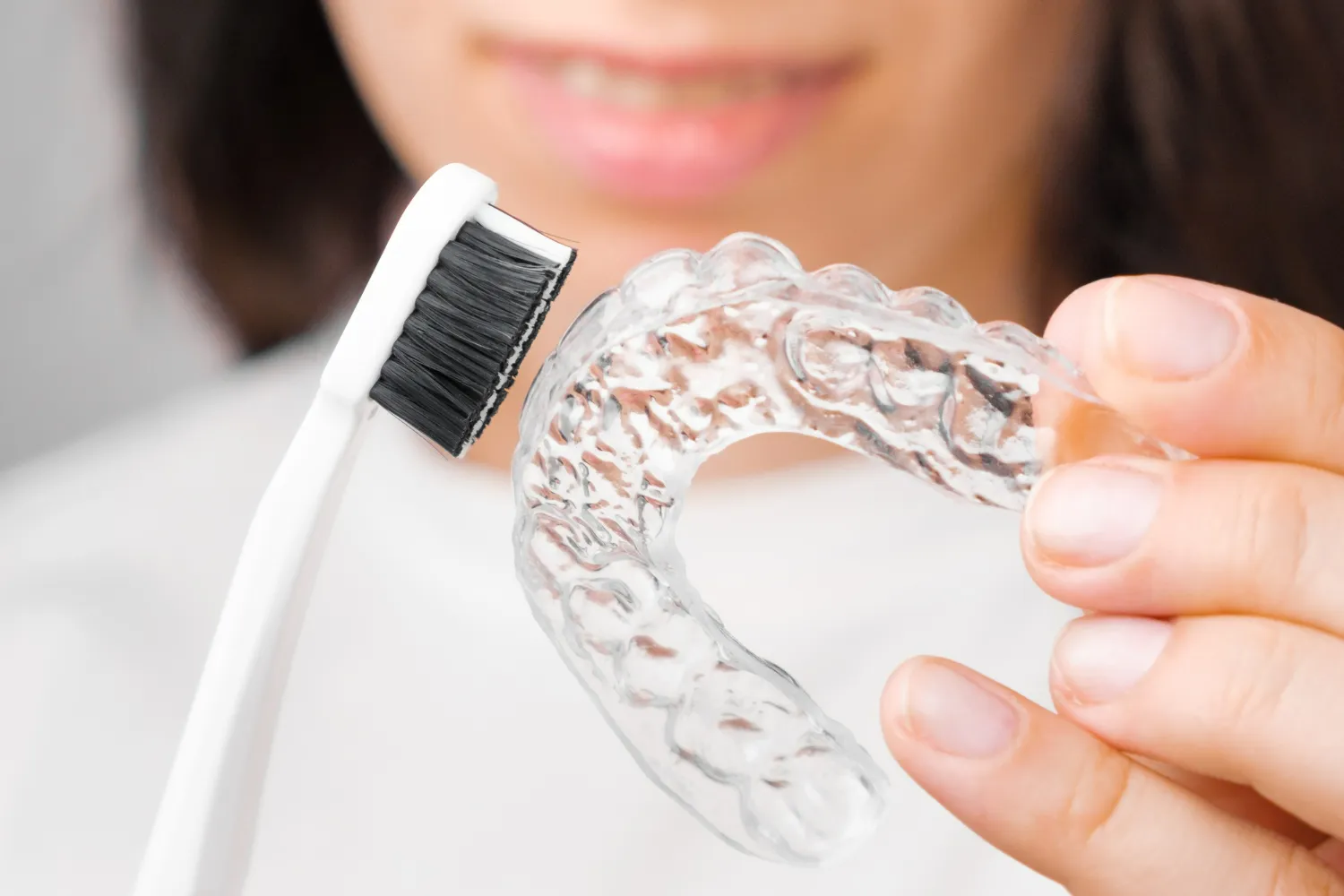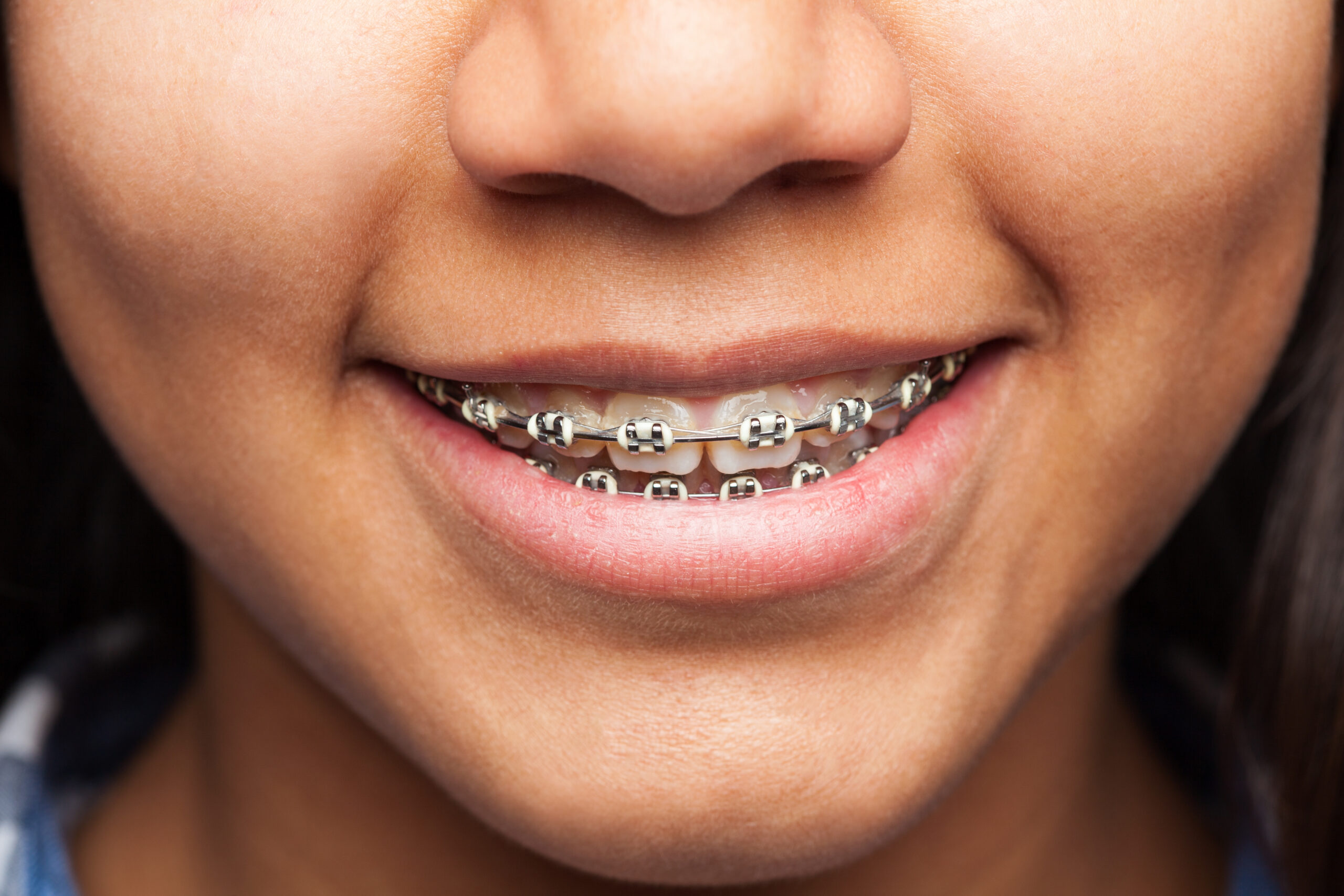Invisalign is a removable corrective dental appliance made of clear, medical-grade polymers and is marketed as an alternative to braces. This method has been around for approximately 17 years and has been used in dental offices in different countries. So, does it really work?

The answer to this question inherently lies within the process itself.
In general, the procedure involves a consultation with a dentist. A record is taken including x-rays, photographs, dental impressions and bite registration. This data, along with the orthodontist’s notes, is sent to an Invisalign technician. The technician creates a computerised 3-D model based on a digital scan of the dental impressions plus the input of the dentist’s instructions as per the technician’s evaluation. This 3-D model is translated into an on-screen animation. It displays the treatment outlined showing the simulation of the movement of teeth from their current location, migrating to the desired position. The video is provided to the dentist for review. Upon final approval, a number of upper and lower casts are made according to patient’s unique case. Each set represents the next level of movement that the teeth are to progress toward completion. Polymer liners are created on each cast. These appliances are sent to the orthodontal office and treatment can be started.
Patients are advised to wear their aligners anywhere from 20 to 23 hours per day. Appliances can be removed when eating or drinking. Teeth are to be brushed and flossed and aligners put back in. This is a requirement after any meal. Each set of devices are typically worn for two to three weeks then the patient graduates to the next set of custom appliances. Upon reaching the desired goal, the patient no longer wears the aligners during the day, but are required to use their last aligner set as a night-time retainer. It is imperative that the retainer is used on a permanent basis, otherwise, the teeth will eventually move.

The success of Invisalign depends on all professionals who are part of the process to be proficient and fully educated about Invisalign technology. The Invisalign system has pre-programmed baseline indicators for referencing position points of dentition. It must be understood that this program cannot be automatically relied upon. It is not universal in its application even for patients that represent non-complex cases. Other elements need to be factored in such as bone and soft tissue as they impact treatment planning and tooth-movement sequencing. Care must be taken to properly review the 3-D model sent from the technician to ensure accuracy and modify, if necessary. Understanding the point at which patients should be referred to an orthodontist greatly impacts procedure outcome. More can be done with Invisalign under the care of a skilled practitioner. This process works well for patients who have minor crowding or who experience relapse from not faithfully wearing retainers after braces.
Equally, successful outcomes also rest with the patient with dedicated compliance with all requirements noted. Noncompliance wastes time and money.
The bottom line is that Invisalign works very well to straighten teeth on the provision of a proper professional diagnosis, accurate follow up with technician digital renderings and patient compliance.




